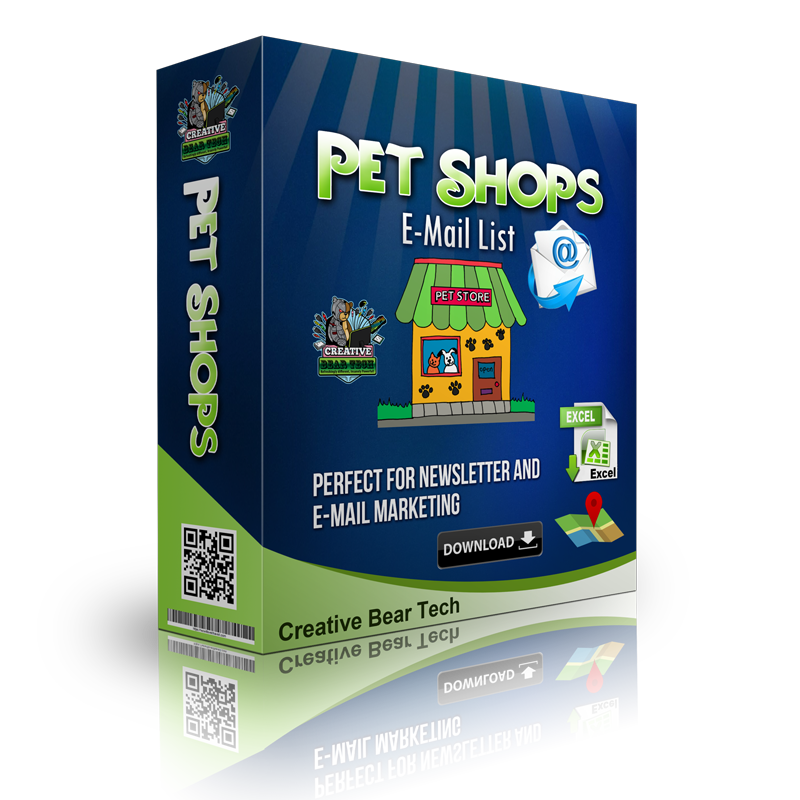The ultimate guide to direct mail marketing? How often do you email your subscribers? Depending on the preferences of your subscribers, you may be sending too many or too few emails to keep them engaged with your brand. How many emails you send will largely depend on what you’re hoping to accomplish with your email marketing strategy. If you want to increase website traffic, more emails will do the trick. If you want to increase open rates on the other hand, sending more emails might have the opposite effect. We recommend testing different email frequencies with your audience to see what they best respond to. You could also let subscribers choose their own email frequency if your email marketing service supports it. You could include a selection for email frequency on your opt-in form to segment them from the start or send an email blast to your list to ask them to self-segment based on how often they want to hear from your brand. Remember that you’ll need to create different email campaigns for different frequencies.
Why Your Email Open Rate Matters? If your email subscribers aren’t opening your emails that means they’re not getting your marketing messages, they’re not taking action based on your emails, and, ultimately, not becoming customers. All of those stunning email marketing templates and the countless hours you’ve spent writing brilliant email copy are wasted. Your email open-rate helps you understand the percentage of emails that are opened by existing and new subscribers or customers and lets you know how many people are actually seeing the content of your emails. The open rate can give you excellent signals about how your subject lines are performing, how the time you send your emails can make a difference for your specific audience, and if your email marketing is having its desired effect.
SEO, or Search Engine Optimization, is the process of getting quality traffic from free, or organic, search results on the search engines (like Google and Bing). It’s important that the traffic you drive to your website is relevant to your industry. If you manage to attract a high volume of visitors searching for Macintosh computers while what you actually do is selling raincoats, the traffic will do you no good. SEO is one of the most important types of digital marketing. By optimizing your content for search engines, you can increase a steady stream of relevant traffic that will only grow over time. Without search engine optimization, people simply won’t be able to find you on the Internet. Some optimization techniques include: researching relevant keywords and including them into your website copy, optimizing your website titles, description and loading speed, building relevant backlinks. Find extra details at https://cbtemailextractor.com/blog/how-to-achieve-success-with-cold-calling/.
Our direct send feature will bypass your SMTP servers and will try to send your email directly using your system’s DNS. This feature will act as a helpful fallback sending feature in the event that your SMTP servers are not working. Generally, when CBT Bulk Email Sender encounters a non-working SMTP server, it will try to send your message using another SMTP server. The direct send feature is particularly helpful if you do not have many SMTP servers.

With more and more customers going online, looking for the best products or services near them, they are more likely to engage with the business they searched for within a day. To get maximum visibility, your business should be at the top of the list when someone queries for the product or service you offer. But getting on to the top of local search results is not that easy, especially after Google changed their local pack to the new 3-pack listings, like that of the above image.
Next up is your click-through-rate (CTR) which generally gives you a good idea of how many customers took the time to go through your email content to click on the links within. The average click-through rate across all industries is around 7%. After a customer has clicked through your email, ideally the next goal is to get them to convert – in other words, to follow through on the action your email has asked them to take. Your email conversion rates are an important metric to track, for they tell you how well the call-to-action in your email has performed. Emails are a great way to get customers to visit your website. You can include relevant links to your site within your email content. You can also use your email campaigns to get customers to engage with other great pieces of content available on your website or blog. When you run your own business, your goal is to be seen as an expert in your industry. Establish that to position yourself and your business as the authority in the eyes of your customers. Your customers have signed up for your marketing newsletters because they want to hear from you. They like the content you send and keeping them engaged is one of the biggest wins for any email marketer. Your content is one of your most valuable marketing tools and you can use it to build other areas of your marketing strategy. If people love what you do, then they will sign up to see more great content. Read additional information at B2B Email Marketing Guide.